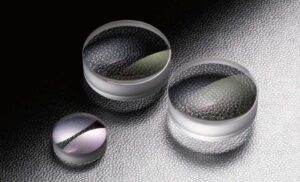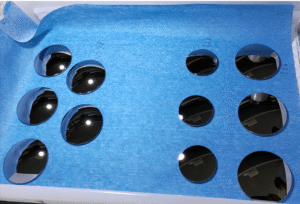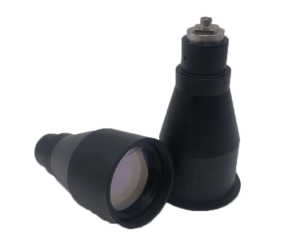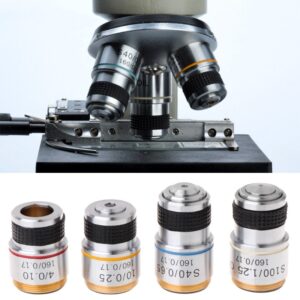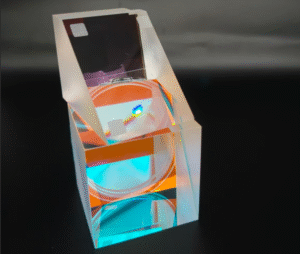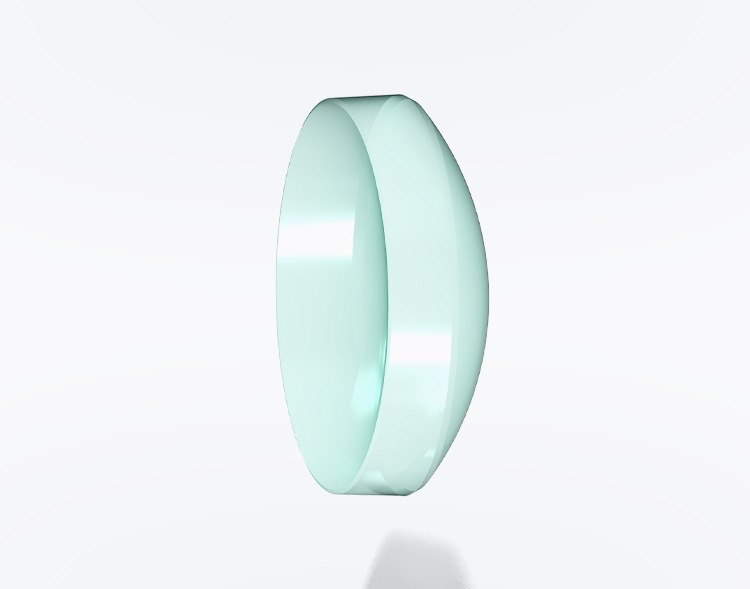Introduction: What Is a Concave Lens?
A concave lens, also known as a diverging lens, is an optical lens with at least one inwardly curved surface. Unlike a convex lens, a concave lens causes parallel rays of light to diverge after passing through it. This property makes it essential in a wide range of optical applications, from vision correction to complex scientific equipment.
At Bote Optics, we specialize in the custom fabrication and coating of precision optical components, including concave lenses for IR, visible, and UV applications. Whether you’re working in medical imaging, laser technology, or educational tools, our engineering team can help you design the ideal solution.

Concave Lens Ray Diagram and Image Formation
A concave lens ray diagram is essential in understanding how the lens manipulates light. When parallel rays of light strike the lens, they diverge outward. If you trace these rays backward, they appear to originate from a single focal point in front of the lens.
Image: Ray diagram showing divergence through a concave lens.
The image formed by a concave lens is always:
- Virtual (not formed on a screen)
- Upright
- Reduced in size
- Located on the same side of the object
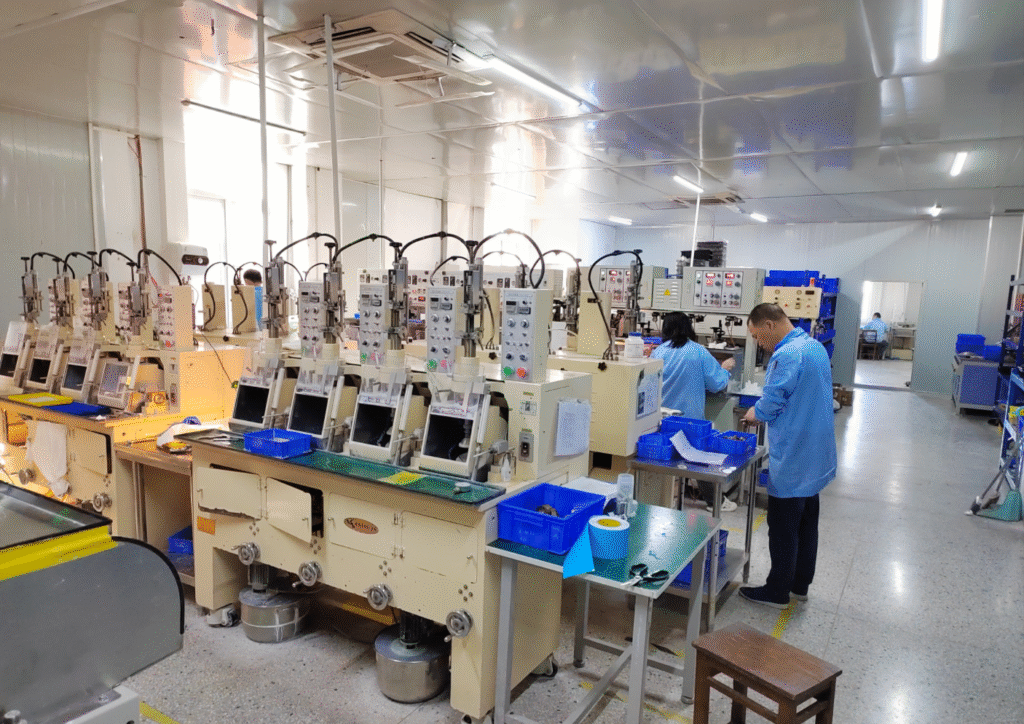
Concave Lens Applications and Examples
Let’s explore some common and advanced applications of concave lenses:
| Application Area | Description |
|---|---|
| Myopia Correction | Concave lenses are widely used in glasses to correct nearsightedness (myopia) by diverging light before it reaches the retina. |
| Optical Instruments | Used in combination with convex lenses in microscopes, telescopes, and laser beam expanders. |
| Flashlights & Laser Devices | Concave lenses help shape and spread light beams effectively. |
| Peepholes in Doors | Provide a wide field of view by diverging light rays. |
| Cameras and Projectors | Assist in controlling light paths and correcting aberrations. |
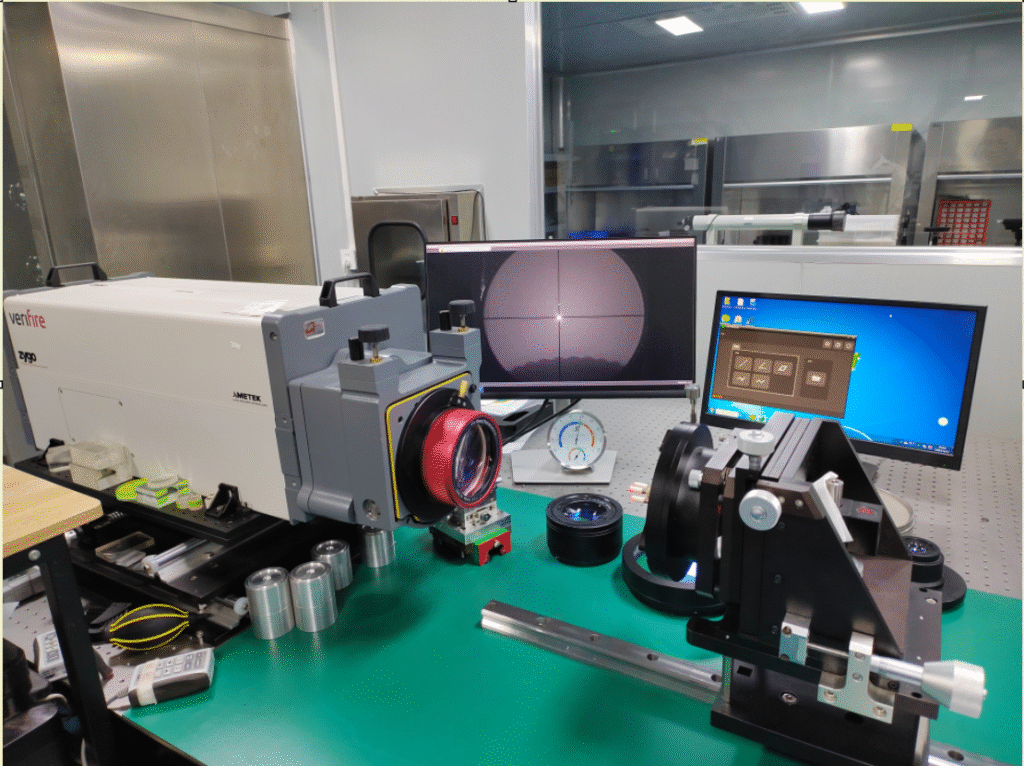
5 Uses of Concave Lens (Summary Table)
| Use Case | Explanation |
|---|---|
| 1. Eyeglasses for Myopia | Helps focus distant objects on the retina. |
| 2. Laser Beam Collimation | Diverges beam for precise focus control. |
| 3. Scientific Instruments | Shapes light for measurement and analysis. |
| 4. Virtual Imaging Systems | Produces virtual images in simulators. |
| 5. Door Viewers | Enhances peripheral view. |
Concave Lens Examples in Everyday Life
Here are a few real-world concave lens examples:
- A pair of prescription glasses for a nearsighted person.
- A laser scanning device for barcode reading.
- A scientific microscope eyepiece designed for clarity and wide viewing angles.
- A custom-built optical system from Bote using negative meniscus elements to reduce spherical aberration.
Concave Lens vs Convex Lens: A Quick Comparison
| Feature | Concave Lens | Convex Lens |
|---|---|---|
| Surface | Inward curved | Outward curved |
| Light Effect | Diverging | Converging |
| Image Type | Virtual, upright, smaller | Real or virtual depending on object distance |
| Common Use | Myopia correction | Hyperopia correction, magnification |
Concave Lens Used in Myopia Treatment
One of the most common uses of a concave lens is in corrective eyewear for myopia. Nearsighted individuals have eyes that focus images in front of the retina rather than on it. A concave lens diverges incoming light so that it correctly focuses on the retina, improving distance vision.
Image: Myopia correction using concave lenses.
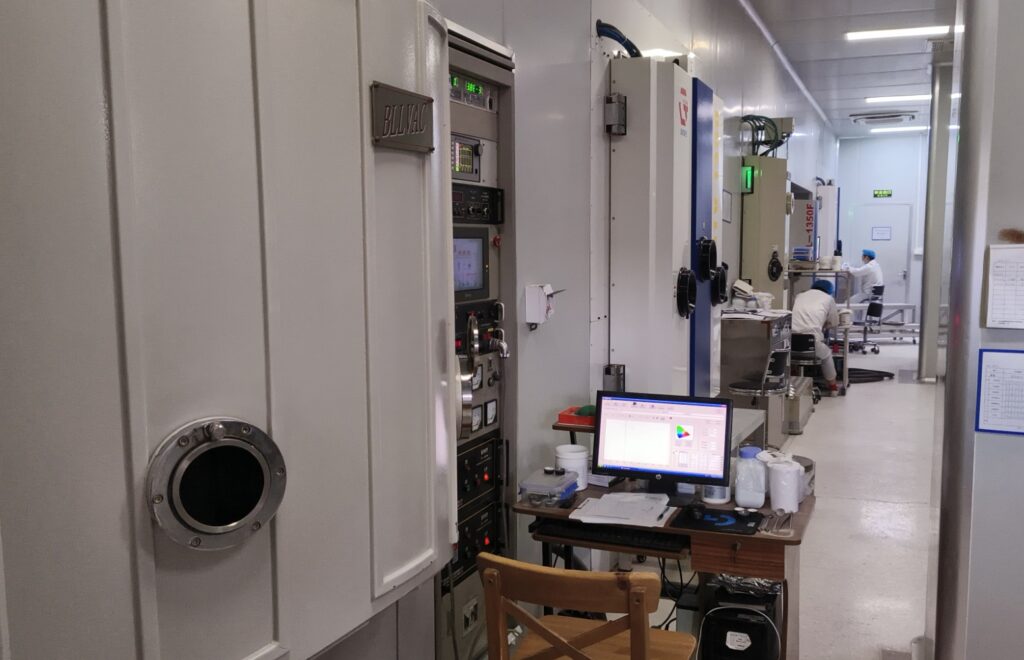
Why Choose Bote for Your Concave Lens Needs?
At Bote Optics, we offer:
- Precision fabrication of concave lenses using optical glass, fused silica, germanium, silicon, and other materials.
- Advanced AR, DLC, and custom coatings for UV, visible, and IR wavelengths.
- Engineering support for custom optical design, from concave lens combinations to integration in complex lens systems.
- Short lead times and competitive pricing, especially for low- to mid-volume custom production.
Popular Lens Types We Offer
- Diverging Meniscus Lens: A concave-convex lens with the concave surface having a greater curvature.
- Plano-Concave Lens: Flat on one side and concave on the other.
- Achromatic Concave Lens Combinations: Minimize chromatic aberration in multi-element systems.
- Concave Cylindrical Lens: Used for beam shaping in one axis only.
Q&A: Understanding Concave Lenses
Q1: What is a concave lens used for?
A: It’s used in optical systems to diverge light rays. Common applications include myopia correction, telescopes, and laser devices.
Q2: Can concave lenses form real images?
A: No, concave lenses always form virtual, upright, and diminished images.
Q3: Are there customized concave lenses for IR or UV?
A: Yes! At Bote Optics, we provide custom coatings and materials optimized for different spectral ranges.
Q4: How is a concave lens different from a plano-convex lens?
A: A concave lens diverges light; a plano-convex lens converges it. They’re used in opposite applications.
Conclusion: Precision Concave Lenses from Bote Optics
Concave lenses are essential for controlling light in diverse applications — from medical diagnostics to scientific imaging. At Bote Optics, we help global customers develop and source custom-engineered concave lenses with precision polishing, coating, and testing.
Ready to get started? Contact us for a quote or technical consultation!

